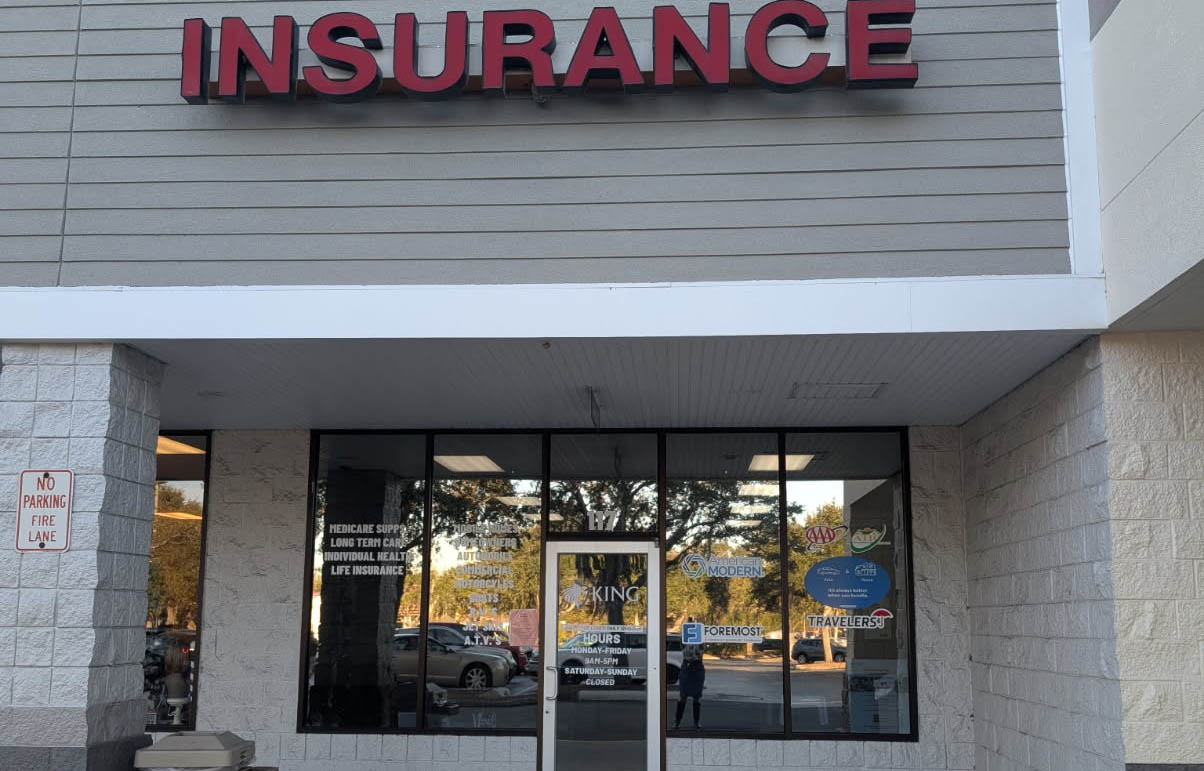Question of the Month: What are the goals of Local Law 97 and how does NYC plan to achieve them? - by Michael De Chiara
 A Brief Comment on Some of the Requirements Under Local Law 97
A Brief Comment on Some of the Requirements Under Local Law 97
What are the Goals of Local Law 97 and How Does New York City Plan to Achieve Them?
On its face, New York City Local Law No. 97 of 2019, known as Local Law 97 (LL97) is a very stringent performance-based law that mandates limitations on carbon emissions from most buildings in New York City. Through strict performance mandates and significant penalties, which begins in 2024 (which in real estate time is right around the corner) New York City is taking a very aggressive stance on climate change. The ultimate goals of LL97 are for New York City to achieve a 40% reduction in greenhouse gas emissions from the bulk of its building stock over 25,000 s/f by 2030, and an 80% reduction in greenhouse emissions from the same type of buildings by 2050 when measured against a baseline year of 2005.
How is New York City planning enforce LL97?
The provisions of LL97 will be enforced by a new office within the Building Department called the Office of Building Energy and Emissions Performance (BEEP). This new group will be undertaking, among other things:
- The oversight of the implementation of the building energy and emission laws and policies for existing buildings, new construction and major renovations;
- Establishing protocols for assessing energy use in buildings;
- Maintaining buildings’ energy use and emissions, and reviewing building assessment methodologies, building emissions limits, goals and timeframes; receiving and validating annual building emissions assessments; auditing building emission assessments and inspecting covered buildings, as necessary, to ensure proper reporting; and determining recommended penalties, including minimum penalties for buildings that are non-compliant with applicable emission limits.
Will there be any exemptions, such as for older buildings, or smaller buildings?
LL97 was written in a manner to avoid any “grandfathering” of existing buildings. It contains formulas that enable the calculation of annual building limits for 2024 through 2034 and establishes that the Department of Buildings commissioner is to set the standards for beyond 2034.
LL97 applies to most buildings in New York City that are above 25,000 s/f in size. Exceptions from the law are very limited and include New York City Housing Authority buildings, religious buildings, rent-controlled buildings, and certain other housing types.
The law has a complicated array of civil penalties and computations of those penalties with certain aggravating and mitigating factors. Owners should review those provisions with their engineers, architects, and lawyers. The law also has language that discusses potential adjustments to emissions limits for buildings. It would be advisable for owners, together with their advisors, engineers, architects, and lawyers to become familiar with those as well as the full multitude of complex provisions in this new law.
Can New York City’s real estate industry realistically implement these mandates?
What is clear from this new legislation is that owners, developers, architects, engineers and contractors are now in a new reality. The political climate is now strongly mandating climate-friendly buildings. What is unclear is how this law will actually be implemented. There simply isn’t enough time to bring New York City’s entire affected building stock into compliance by 2024 let alone 2030. The penalties can be significant, so every owner must do a cost/benefit analysis comparing the cost of compliance with the cost of non-compliance. Further, time and schedules must be considered in any analysis, with attention paid to costs of partial compliance and phased-in compliance.
To the extent owners have not already begun that detailed cost benefit analysis, I strongly advise that be immediately undertaken by a qualified team of engineers, contractors and owner’s representatives.
I strongly recommend that building owners and developers be very proactive and avoid complacency. As the literal world and the political environment changes, owners must be responsive to those changes. There is a well-known concept that dinosaurs didn’t evolve and so became extinct. In this new environmentally driven world, don’t be a dinosaur.
Michael De Chiara is a senior partner at Zetlin & De Chiara LLP, New York, N.Y.
Delisle and Monahan of Island Associates lease 45,000 s/f to Giunta’s Meat Farms at Strathmore Commons


AI comes to public relations, but be cautious, experts say - by Harry Zlokower

Strategic pause - by Shallini Mehra and Chirag Doshi

Behind the post: Why reels, stories, and shorts work for CRE (and how to use them) - by Kimberly Zar Bloorian









.jpg)

.gif)